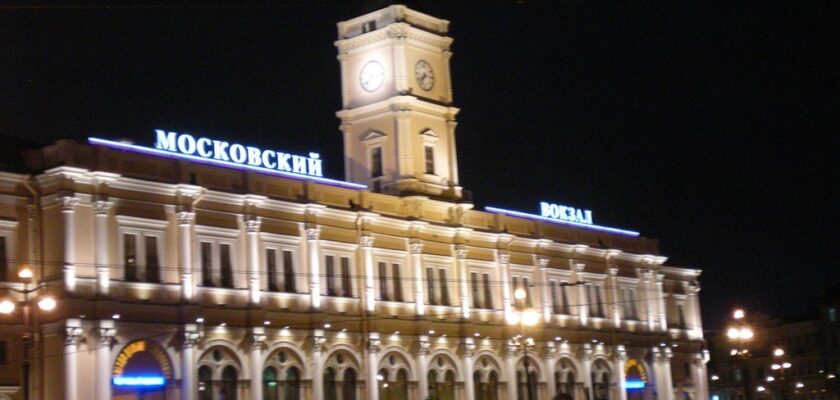Moskovsky railway station in St. Petersburg
St. Petersburg’s Moskovsky Railway Station is one of the largest railroad terminals in the Northern Capital, which is one of the three busiest in Russia. At the same time, it is a historical monument, and everyone who uses its services can feel here not only as a passenger, but also as a tourist getting acquainted with a bright, interesting attraction.
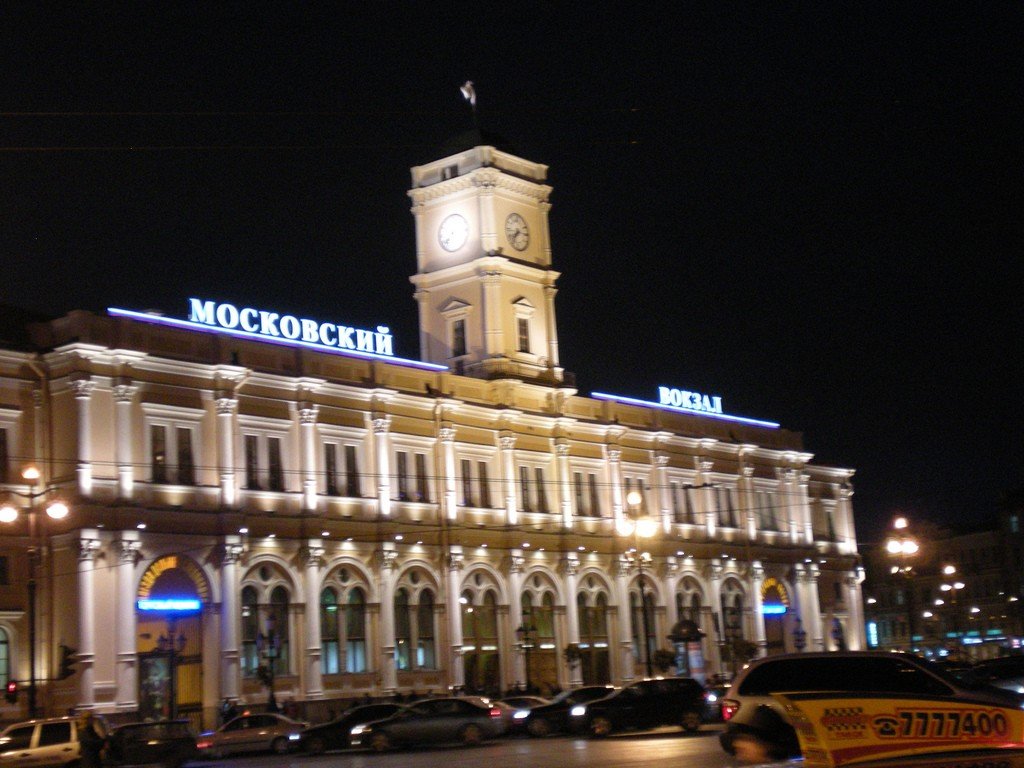
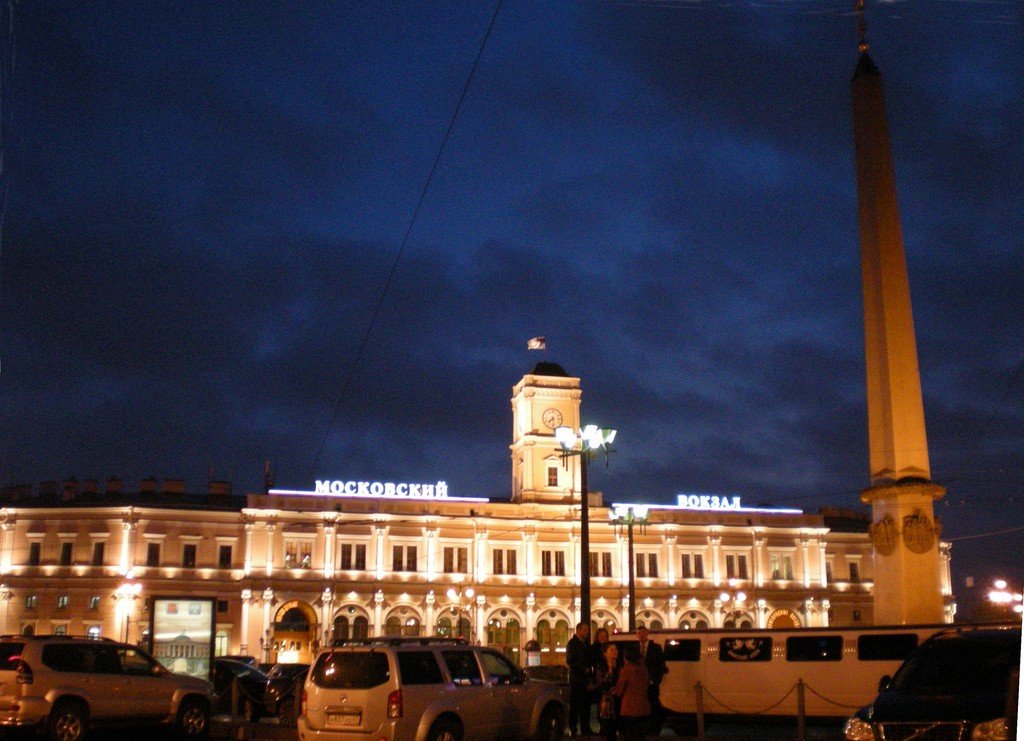
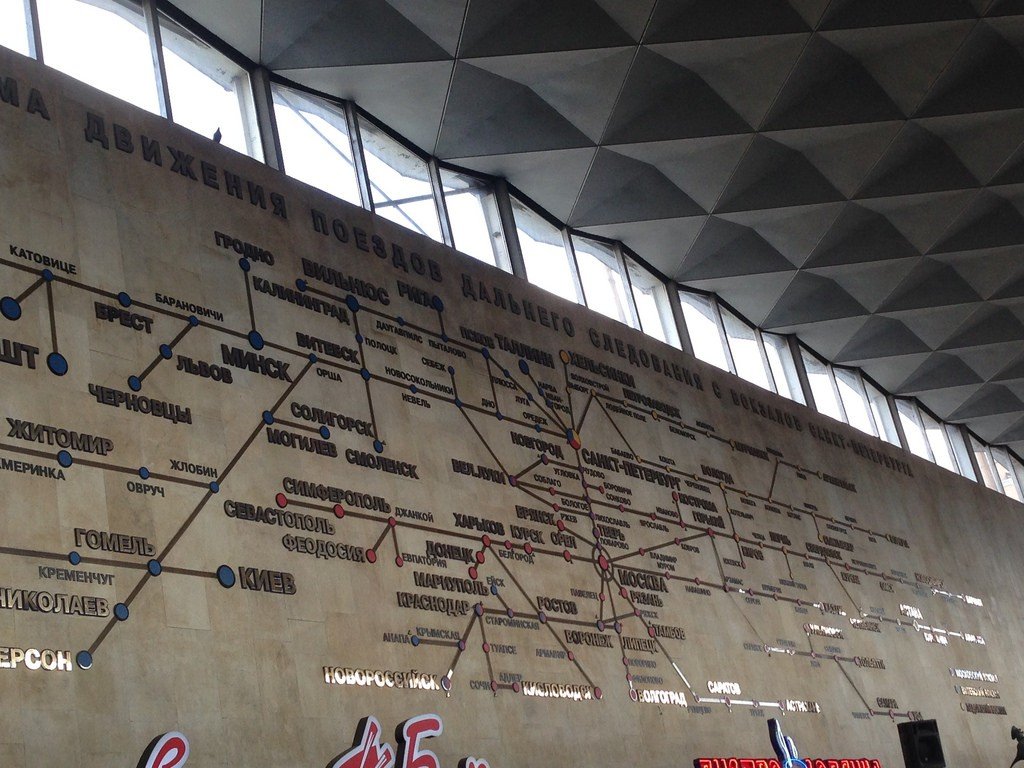
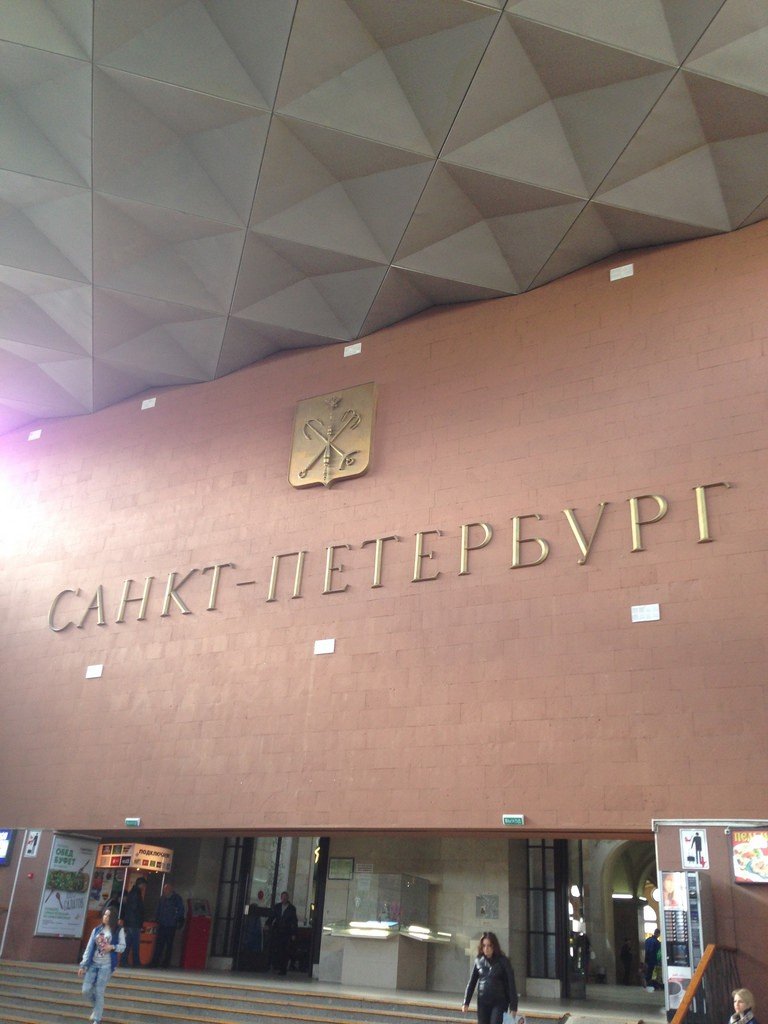
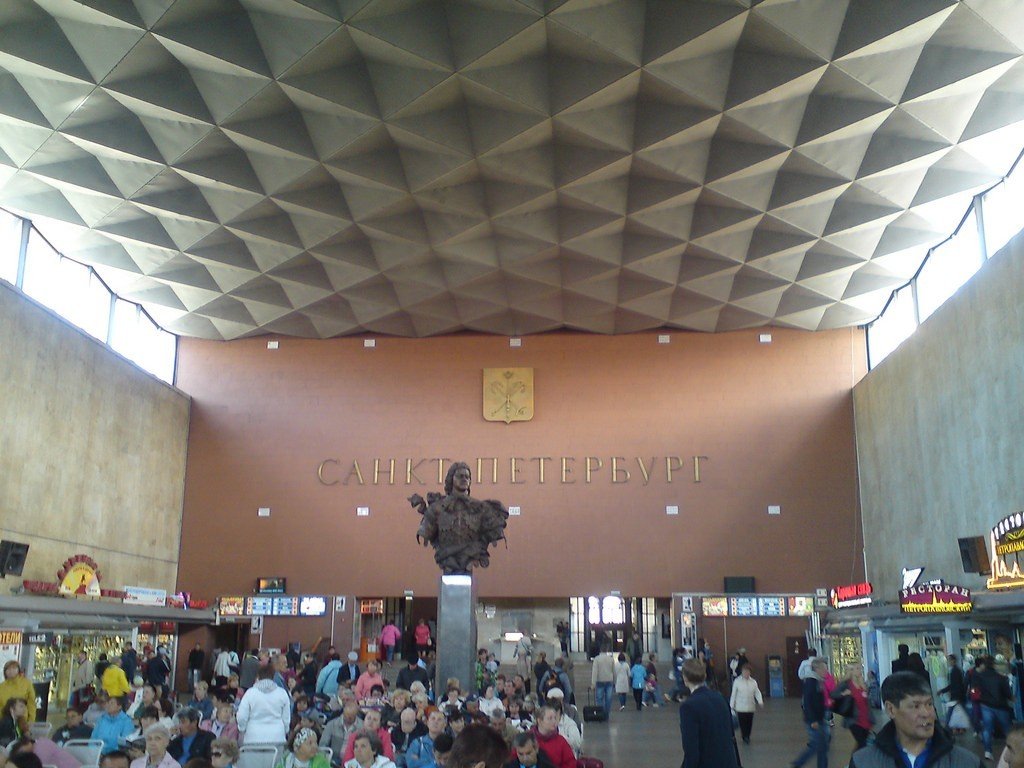
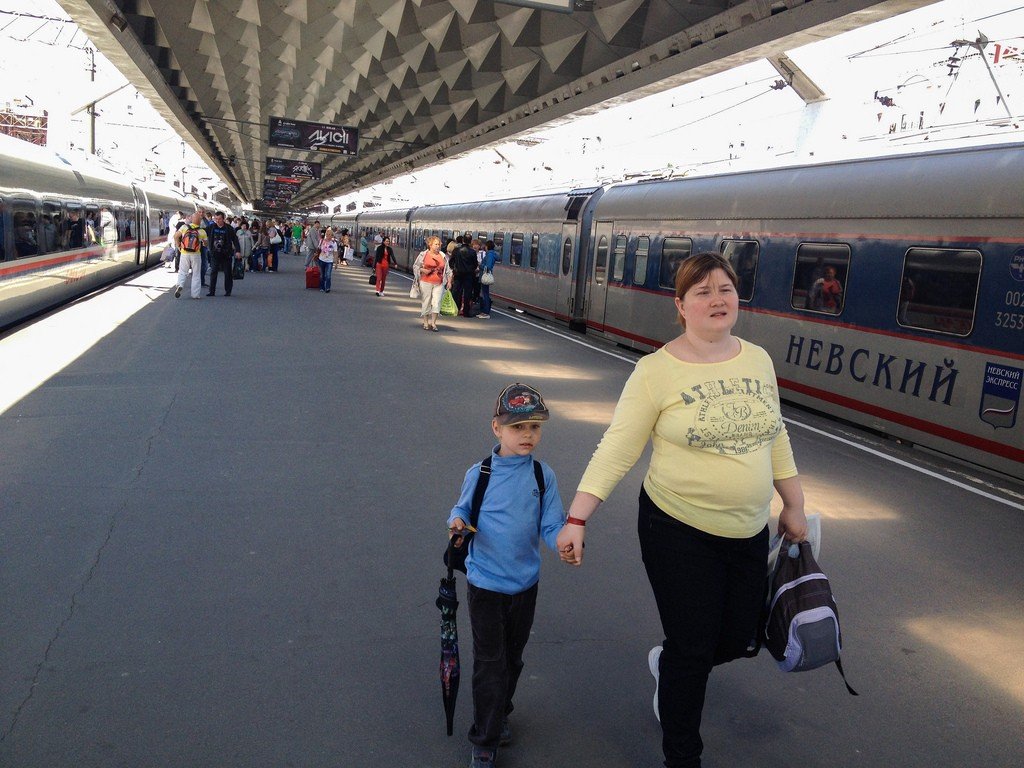
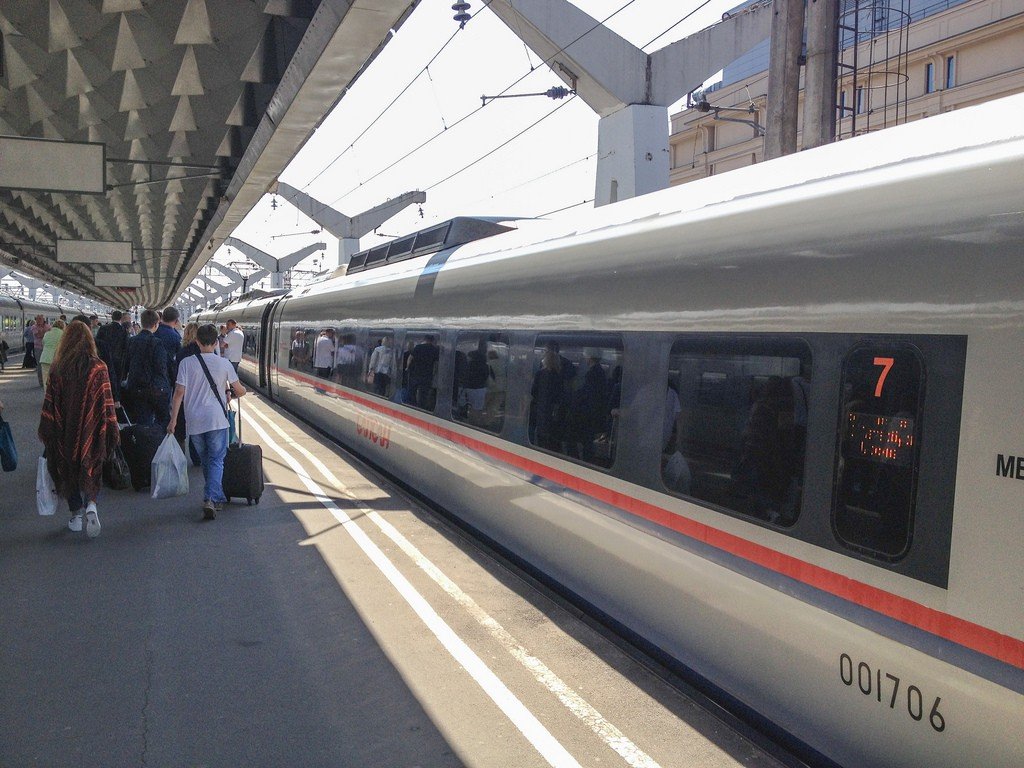
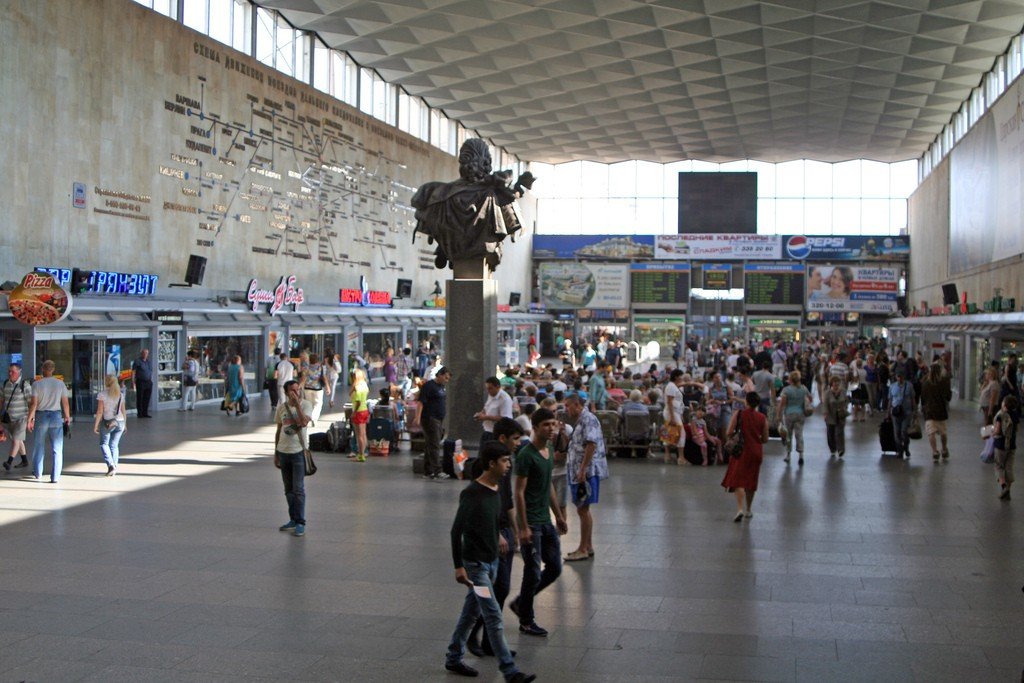
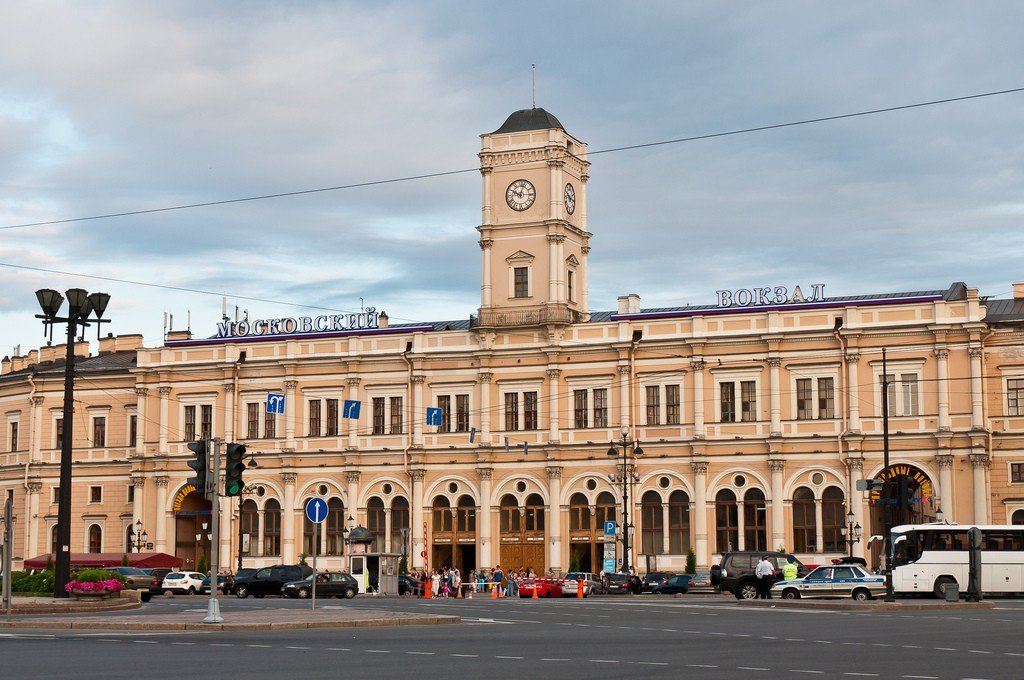
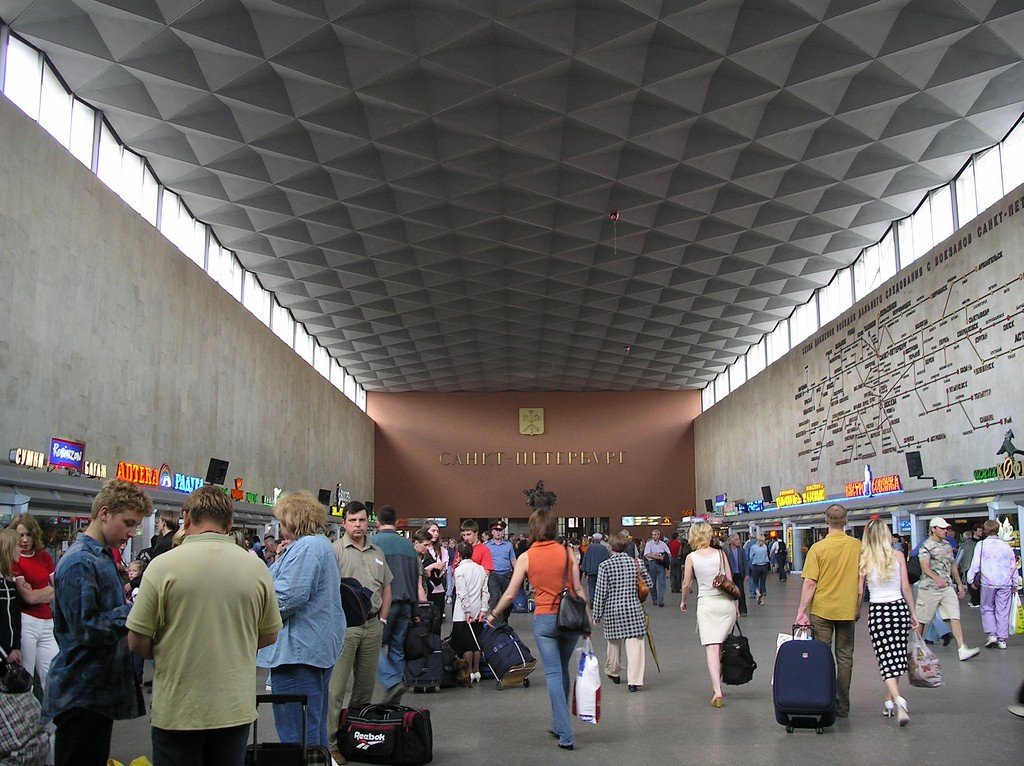
- Highlights
- History of Moskovsky Railway Station in St. Petersburg
- Architecture and interior
- Popular destinations
- How to get there
Highlights
The two-storey building of the Moscow railway station has organically blended into the architecture of the Central district of the city, having turned for more than 160 years of its work into a modern complex in which everyone traveling by rail feels quite comfortable – exactly as much as it is possible in the hustle and bustle of the station, among a large number of people. The station serves 30 thousand passengers who buy tickets for suburban routes and 15 thousand for long-distance trains.
.Moskovsky railway station is located on Vosstaniya Square – it is the very heart of St. Petersburg. Practically nearby, at a distance of a few hundred meters, are many attractions of the city on the Neva, such as the obelisk to the city-hero Leningrad, the Theater of Dramatic Improvisations, the monument to Pushkin, the House-ship at the intersection of Nevsky, Bakunin and Degtyarnaya Street, the St. Petersburg Museum of Bread. Also within “reach” are Nevsky Prospekt, Anichkov Bridge, Ostrovsky Square, monument to Catherine II, Alexandrinsky Theater, Catherine’s Garden.
.In the remaining time before the train departure passengers enjoy getting acquainted with these historical monuments, taking with them pleasant memories of what they have seen, including the Moscow railway station itself – an original monument of architecture of the XIX century.
.History of the Moskovsky railway station in St. Petersburg
The decree to build a railroad line between St. Petersburg and Moscow was signed by the Emperor himself, and it happened in 1842. Nicholas I ordered that simultaneously with the road in both capitals were built and stations, and identical. And so it happened: the Leningradsky railway station in Moscow is the “twin” of the Moscow railway station in St. Petersburg.
.The realization of the large-scale project was the architect Konstantin Andreevich Ton, known as the developer of the so-called “Russian-Byzantine style” of temple architecture, with the participation of Rudolf Andreevich Zhelyazevich. The station, which was named Nikolaevsky, was built from 1844 to 1851. Its first head was a travel engineer Nikolai Ilyich Miklukha, who even lived at work: his apartment was located right in the service building. The servants were also settled here. The station also housed the railroad administration and the imperial quarters.
.By 1868, passenger traffic increased significantly, and it became necessary to reconstruct the building. A two-story annex was added to it, where luggage reception was carried out. After another thirty years, a brick building was built on the side of Ligovsky Prospekt, where the railroad administration moved. In 1912, a competition was announced for the design of a new building of the Nikolayevsky railway station, as technical innovations were appearing, and there was nowhere to place modern equipment. The winner was Vladimir Alexeyevich Shchuko, an academician of architecture. However, the erection of the new building was prevented by World War I, but the former building was preserved.
.
After the revolution, in 1923, the new authorities renamed the Nikolayevskaya railroad into the Oktyabrskaya railroad. The station, accordingly, became known as Oktyabrsky. It received its current name – Moskovsky – in 1930.
.
And a few more significant dates from the history of St. Petersburg’s Moskovsky railway station:
.- June 10, 1931: the first company train “Red Arrow” departed.
- Late 50s: another reconstruction and expansion, a new wing was added to the right wing. .
- 1962: the station building was supplied with electricity and equipped with two underground passages (one – to the city, the other – to the metro station “Ploshchad Vosstaniya”). .
- 1967: increase in the area of the Moscow railway station by 2700 meters due to the commissioning of a new light hall, inside which installed a bust of Lenin (a quarter of a century later it was replaced by a bust of Peter the Great). .
A new restoration, also large-scale, Moscow railway station has experienced in our time, namely at the beginning of the XXI century. One of the innovations was the simplification of the fare payment control system in suburban trains – it became automated. In 2011, taking into account the threat of terrorist acts, the terminal was equipped with screening equipment.
.Architecture and interior
The Moskovsky Railway Station in St. Petersburg is circular in shape and is located along the entire length of Vosstaniya Square. The main entrance is indicated by a tower in the middle of the building with a clock and flagpole. The architect Konstantin Ton, who specialized in temple architecture, used motifs from the city halls of Western Europe. The low colonnade stretching along the perimeter of the facade is equipped with several entrances, the presence of which eliminates pandemonium of passengers.
.
Initially, the facade had a light green and turquoise coloring, and in 2005 it was repainted in sandy yellow tones, which in no way changed the appearance of the terminal and the adjacent square for the worse – rather the opposite. Two years later, the exterior facades of Moskovsky Railway Station – the ones facing Vosstaniya Square and Ligovsky Prospekt – received renewed illumination. Thanks to it, the building looks very beautiful at nightfall.
.
As for the interiors, they, namely the reliefs of the halls, were formed in the middle of the last century. Under the ceiling of one of them, the Marble Hall, a monument to a carrier pigeon holding an olive twig in its beak was erected in July 2005. The gilded bird, which evokes associations with Noah’s Ark, is attached to the vault by three chains. This work by the famous St. Petersburg sculptor Zair Abashvili is called “Dove of Peace” and is dedicated to the 60th anniversary of the victory in the Great Patriotic War.
.Popular destinations
Trains to Moscow depart from here almost hourly, and so every day. Between the capital and St. Petersburg there are such trains as Sapsan, Nevsky Express, Afanasy Nikitin, Two Capitals. They deliver passengers in just four hours – such a speed in Nikolaev’s time could only be dreamed of.
.
Considerably longer, given the distance, goes to Nizhny Novgorod firm train “Volga”: travel time – 15 hours. Passengers of the train St. Petersburg – Adler spend twice as long (38 hours) on the road. To ensure that such a long journey to the south does not become too boring, the train is equipped with an Internet compartment, as well as a play compartment for children.
.On even-numbered days from the Moskovsky station in St. Petersburg depart fast trains to Belgorod and Sevastopol, which can get, in particular, to Kursk. And on odd numbers the same-named train goes to Samara, which will take you to Ufa. By the way, it is considered the best on the Kuibyshev railroad. You will spend 31 hours on the way. In addition, from the Moscow railway station there are flights to the Baltic cities.
.How to get there
The easiest and most convenient way to get to Moskovsky Station in St. Petersburg is by metro, as there is a high speed and no notorious traffic jams. Get off at the station “Ploshchad Vosstaniya”, it is on the first red line, or “Mayakovskaya” (third green line).
You can also use other city public transport: shuttle buses, buses, trolleybuses or streetcars.
.